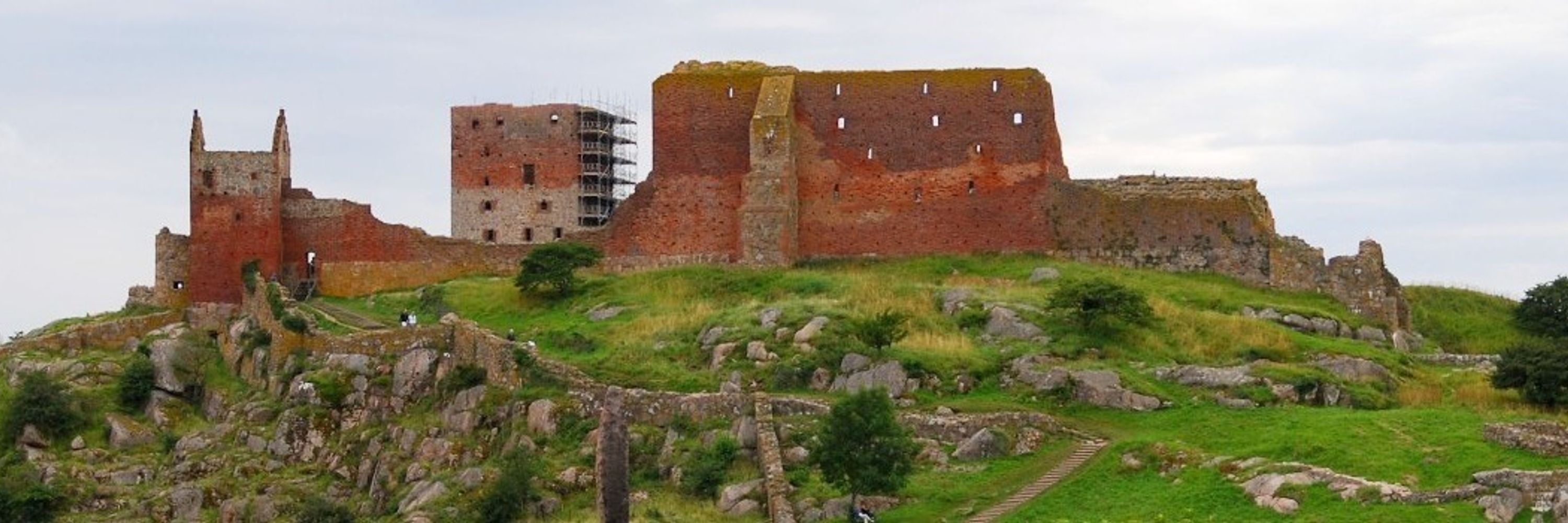
Scattering data is still mostly analysed by hand. But what if robots could do it themselves? 🤖✨⚛️

Scattering data is still mostly analysed by hand. But what if robots could do it themselves? 🤖✨⚛️
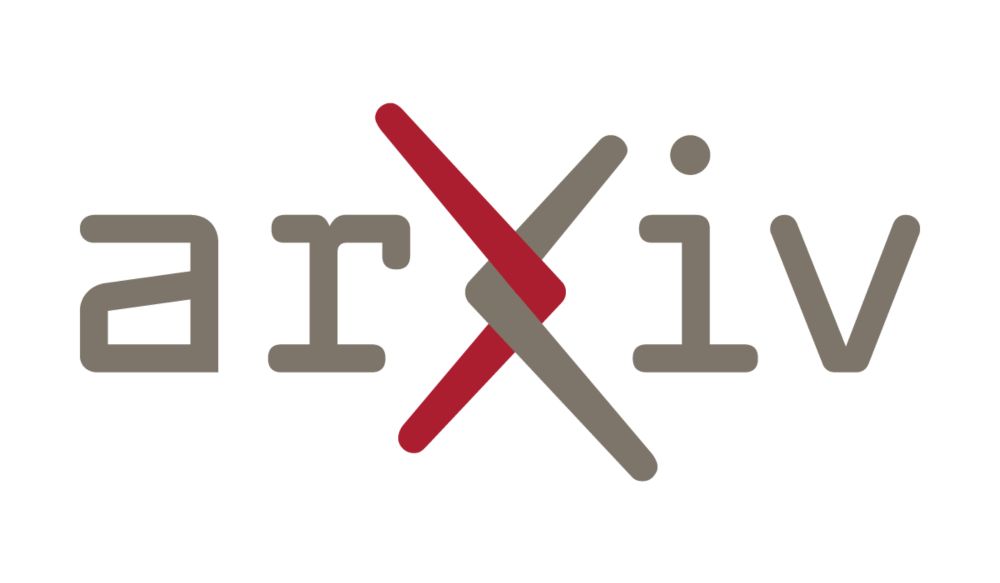
Excited to share our latest work introducing an autonomous synthesis method explicitly designed to target atomic-scale structures!
📝 Read the preprint here: lnkd.in/dmfzwEDQ
I appreciate the support from @novo-nordisk.bsky.social
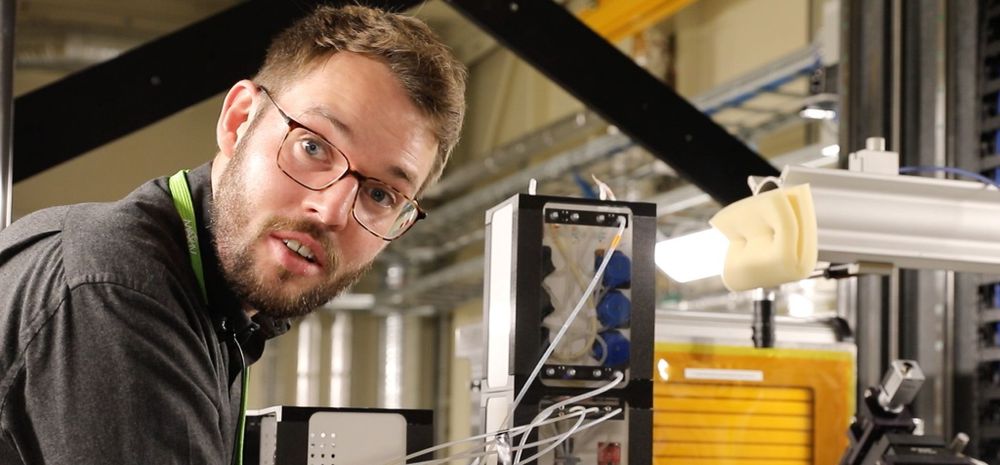
Excited to share our latest work introducing an autonomous synthesis method explicitly designed to target atomic-scale structures!
📝 Read the preprint here: lnkd.in/dmfzwEDQ
I appreciate the support from @novo-nordisk.bsky.social
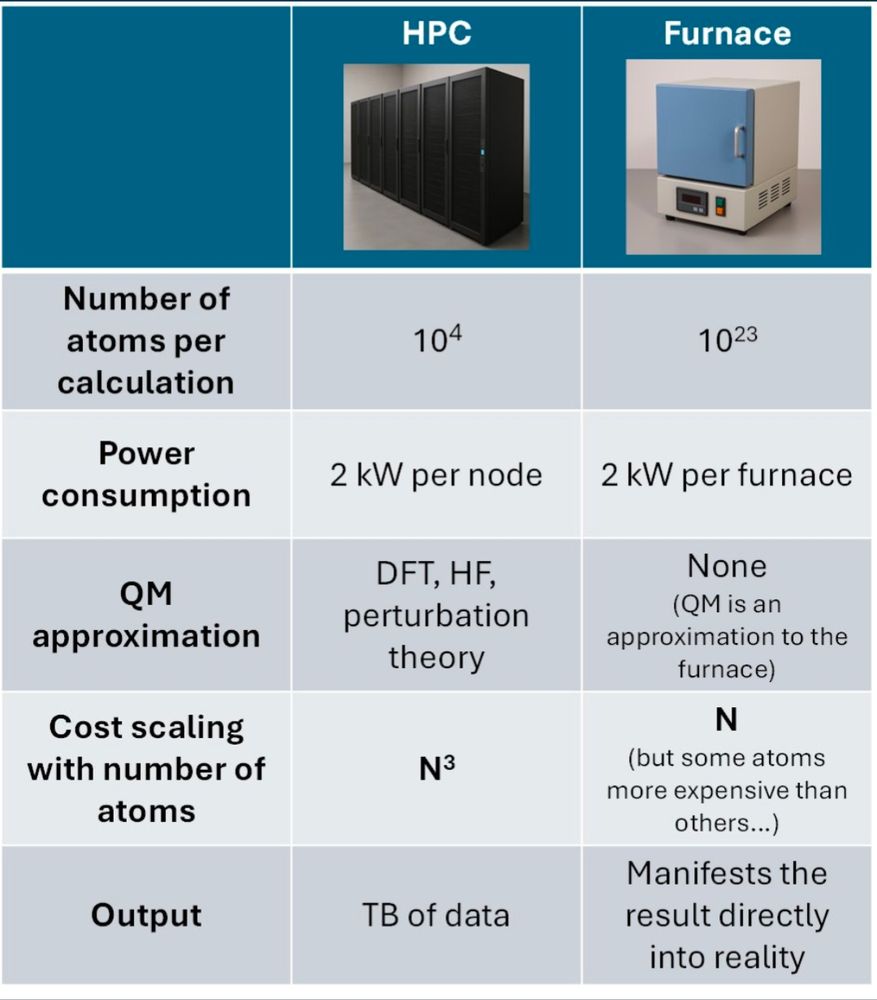
www.some.ox.ac.uk/news/somervi...
#InflectionAward2025 #inflection

www.some.ox.ac.uk/news/somervi...
#InflectionAward2025 #inflection

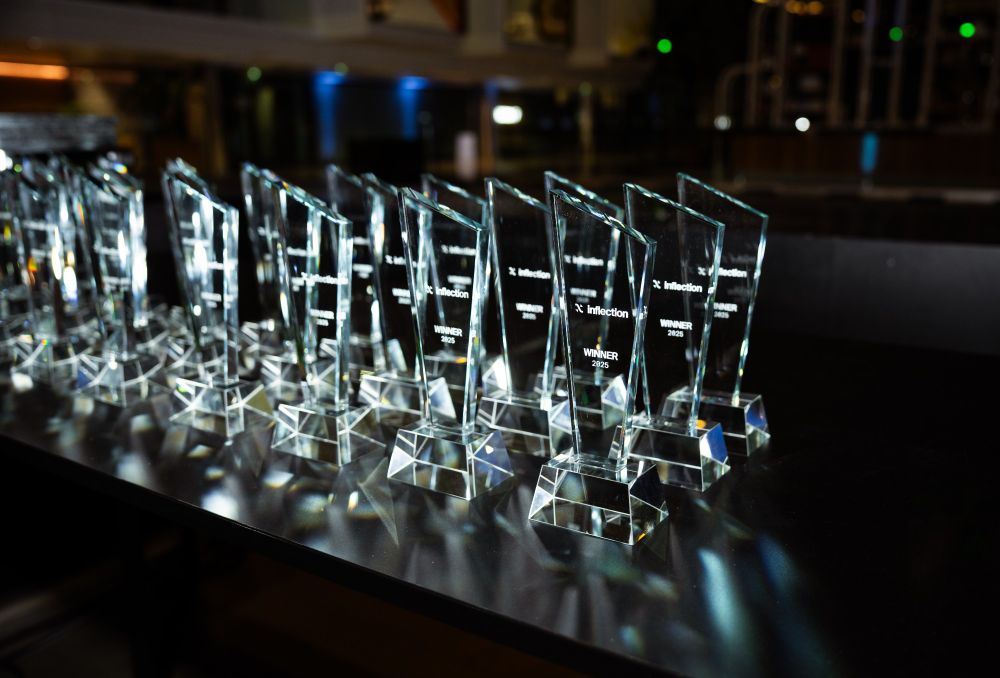


#compchem #ML #ChemSky #CompChemSky

#compchem #ML #ChemSky #CompChemSky

